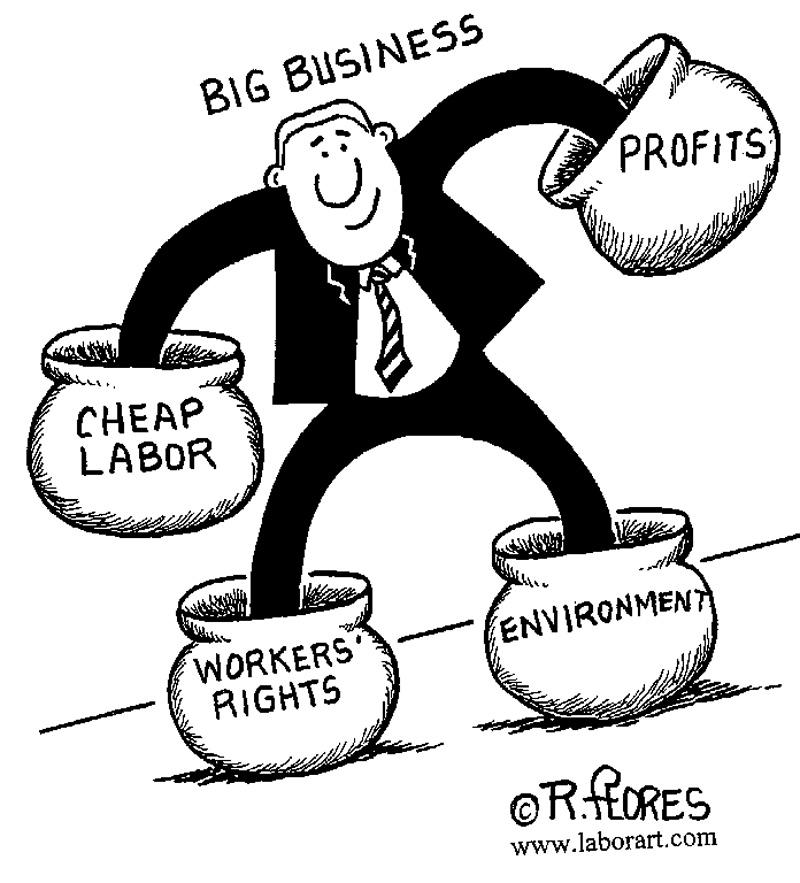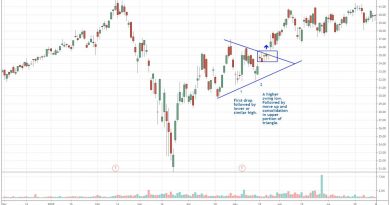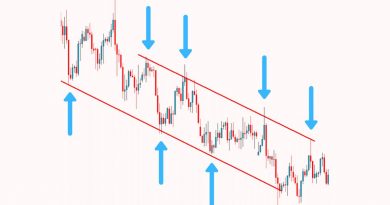Understanding Countervailing Duties CVDs in Global Trade

Contents
Understanding Countervailing Duties (CVDs) in Global Trade
What Are Countervailing Duties?
Countervailing Duties (CVDs) are tariffs imposed on imported goods to offset subsidies to producers in the exporting country. CVDs level the playing field between domestic and foreign producers of the same product, who can sell it at a lower price due to government subsidies.
Key Takeaways
- Countervailing duties (CVDs) are tariffs on imported goods imposed to offset subsidies from the exporting country.
- CVDs help neutralize the negative effects of foreign competition and protect domestic producers.
- The WTO permits countervailing duties after conducting an in-depth investigation into subsidized exports.
How Do Countervailing Duties Work?
CVDs neutralize the negative effects of subsidies on domestic industries. Unchecked, subsidized imports can lead to factory closures and job losses. The WTO regulates the use of export subsidies and the measures that importing nations can take to counteract them.
Nations can seek the withdrawal of subsidies through WTO procedures or impose countervailing duties on subsidized imports to protect domestic producers.
Example of Countervailing Duties
Consider this example: Country A provides an export subsidy for widgets, which they sell to Country B for $8 each. Country B’s domestic widgets cost $10 each. To address the unfair advantage, Country B imposes a 25% countervailing duty on widgets from Country A, bringing the total cost to $10 per widget.
Special Considerations
Subsidies encompass financial contributions, such as grants, loans, equity infusion, and fiscal incentives like tax credits. The WTO mandates an in-depth investigation before imposing countervailing duties. The agreement contains rules for determining subsidies, calculating their amount, assessing their impact on the domestic industry, and implementing countervailing duties for up to five years.



